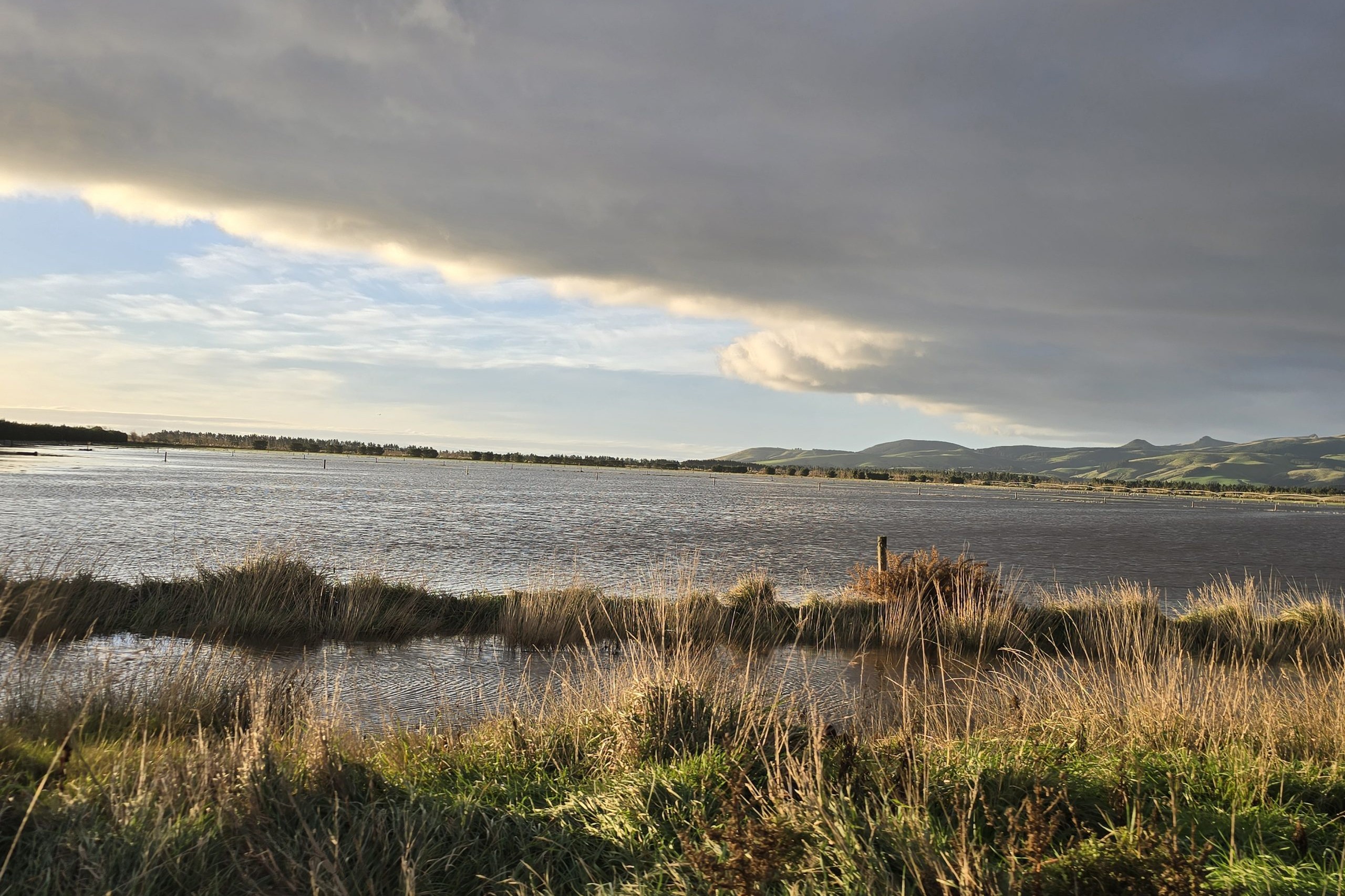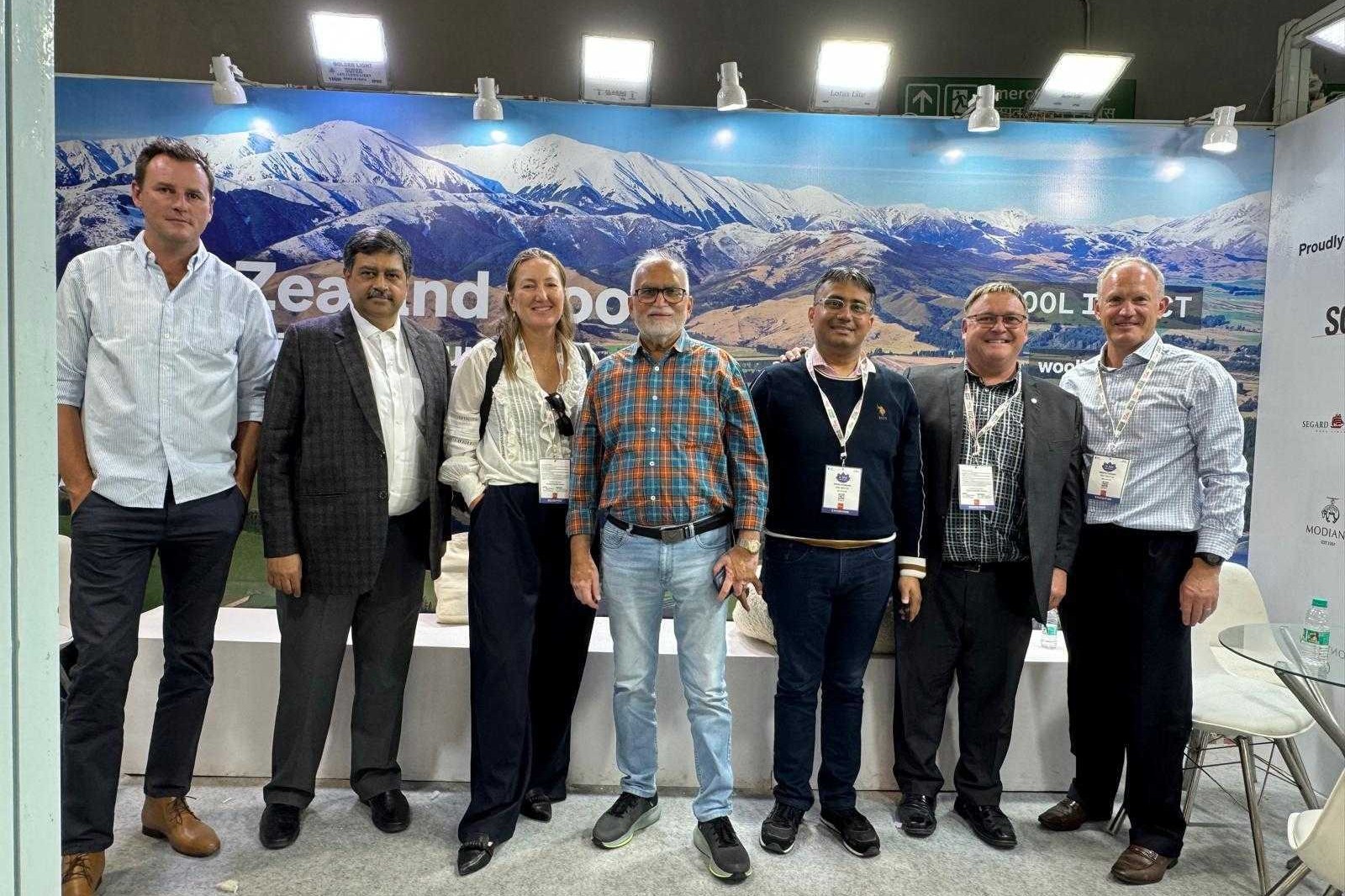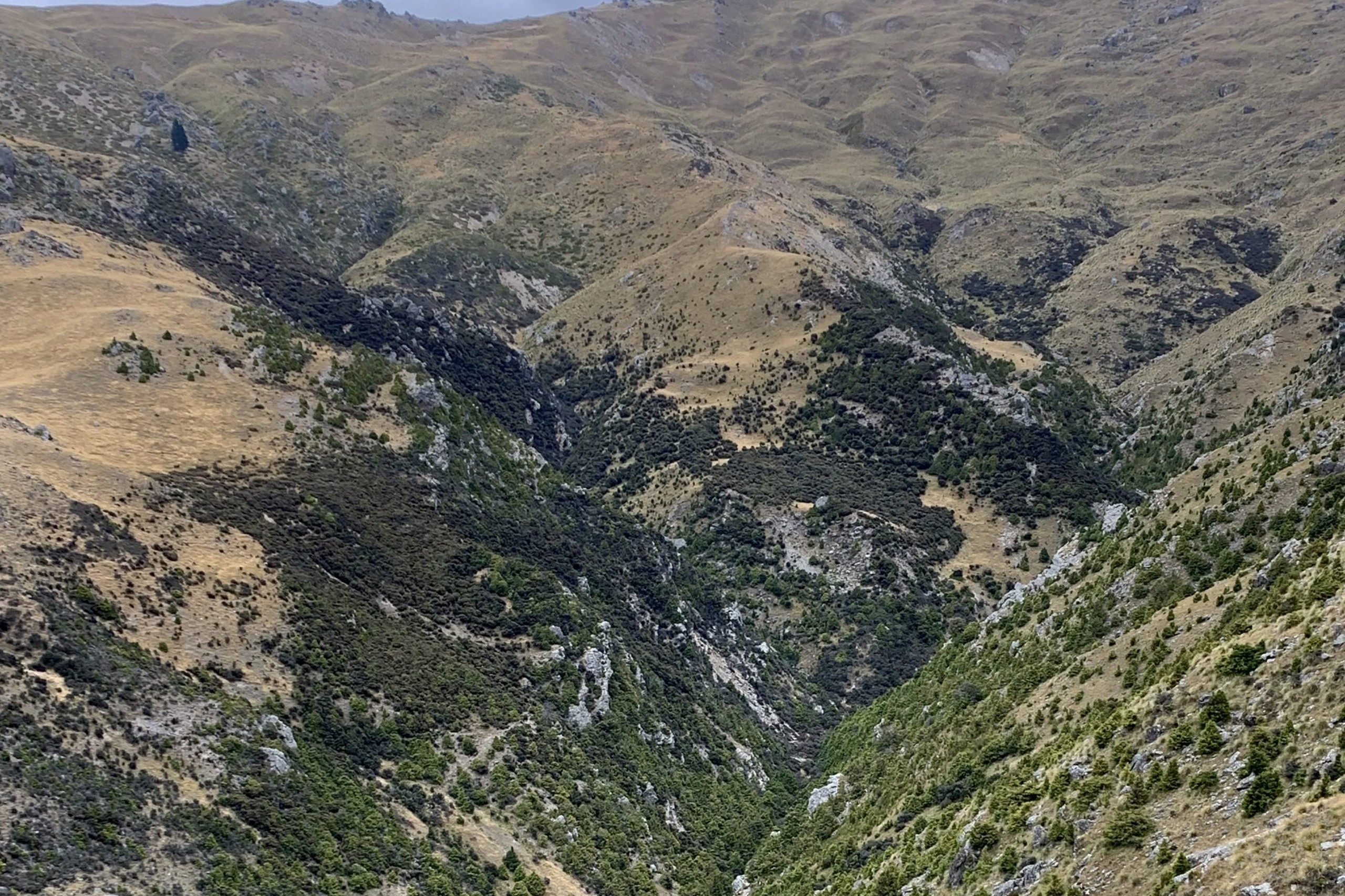Robert Hodgkins is using New Zealand genetics and testing to raise the standard of lambs on his Hertfordshire, England, farm.
 We have been very busy the last couple of months working with Zoetis to get our breeding programme up and running. As a recap, last year we imported five New Zealand tups from the Nithdale stud and put them across 500 of our Wairere-sired dams.
We have been very busy the last couple of months working with Zoetis to get our breeding programme up and running. As a recap, last year we imported five New Zealand tups from the Nithdale stud and put them across 500 of our Wairere-sired dams.
The dams would all be unrecorded although all had been sired by rams that have been recorded on SIL and have been Sheep50K (High density SNP tested). Because of time constraints we decided to go with full DNA parentage in the spring, that meant we had to record a little more information than usual at scanning, as well as the obvious number of lambs born we also recorded foetus size to give an indication of likely birth date (we recorded week one, two and three).
It was pretty neat that we lambed them as unshepherded as we could, given the conditions. As I have said before I think there are more people within a 40-mile radius of the farm than living in NZ which means true unshepherded lambing is just not possible but we only checked on them once a day. This I believe is the best compromise, by not having to tag the lambs at birth it also allows a much better bonding experience which probably has a positive effect on lamb survival.
From there we followed a similar system to NZ at the first gathering (three-four weeks old) we docked and put EID tags in. Allflex supplied a button tag that was a combined DNA sample already paired to an EID tag, the ewes we manually recorded their existing EID then took a DNA sample which we paired to their EID tag.
Obviously accuracy levels linking DNA to EID on the lambs was pretty much 100%. It was slightly less on the ewes – introducing me into the equation shouting out EIDs and Jo writing them down meant we ended up with 30 ewes that didn’t match up at the lab end. It’s to be expected I guess, 9142 become 9124 etc. Now all the ewe samples are on the system we will only need to sample lambs from now on and we will definitely use the combined tags.
Starting from scratch we joined SIL and got registered, and I have to say the Zoetis staff are some of the best people we have ever dealt with, Jo and Ashley from Zoetis have been particularly incredible with us – guiding us through what needs to happen and when.
With a 12-hour time difference there’s not many girls who would pick up the phone at 11pm her time to talk about a small flock in the United Kingdom! I have promised the spare room and one of the old work trucks if they ever make it to this side of the world for a visit.
The DNA results from the parentage were awesome but what really set the whole thing apart was both the standard single-gene tests (e.g: Myomax which is a double-muscling gene) and the Sheep5k (genomic SNP test) which we used to increase the accuracy level of the first crop of lambs BV (breeding value) scores massively.
Jo also managed to look into the DNA of the dams and since their fathers had been 50k we were able to establish at least one side of their parentage increasing the level of accuracy even further for the offspring. It was pretty immense that a first-year recording operation was achieving accuracy levels of lambs of between 40-50%.
So where are we now? We have identified using the combined SIL/Zoetis results (after already chucking out those that didn’t meet my structure assessment) the best 40 ram lambs we have for future use and the rest of them we sent to the works. The scores varied quite a bit using the NZMW worth index we had a few over 2000 with the top ram being 2558.
We are in a slightly unusual position that the five rams we brought across from NZ cost us the best part of $80,000 so I have to use those guys and put them across as many ewes as I can to try and recoup some of that money. To that end we put the best three NZ rams on the best 300 non-Myomax dams we have DNA records for. We put the next two rams plus five of the best ram lambs on the 370 Myomax ewe lambs. The other 35 ram lambs went across the commercial flock.
The Sheep5K gave me confidence I was selecting the best rams by giving me another level of information after the pedigree and liveweights I also had recorded. As an example, before I Sheep5K tested – I wasn’t to know that my 128th-ranked ram was going to come up to the top 5! There must have been something in his genes that bumped his index right up, and this is the information we would have missed without analysing his DNA with Sheep5K.
Next year I plan to DNA parentage all the recorded ewes and all the ewe lambs. Some of those ewe lambs will be a bit too closely related so we will discount them but it should mean at the next joining we should have 500 non myomax ewes, 370 myomax two-tooths and maybe another 400 myomax ewe lambs. From them we can choose the best 500 to go forward as a true “nucleus” flock with high levels of accuracy on all their BVs. Not bad for only two years’ work!
My family sell rams so we have no wish to go into competition with them. So at present all costs are being covered by the farm itself. While the DNA recording is expensive in the first year of testing we now we have all the ewe samples on the system which means the cost should come down quite a bit next year when we only have to test the lambs.
The aim of this project will be the increased meat yields for the lambs should cover the DNA costs (and that’s ignoring any increase in profitability by having better-quality animals in terms of worms, growth rates etc). I admit it’s a bit of an indulgence but if we can keep it relatively cost-neutral I think I can justify it.
I love genetics and playing around with this kind of stuff makes the job so much more interesting and rewarding.




